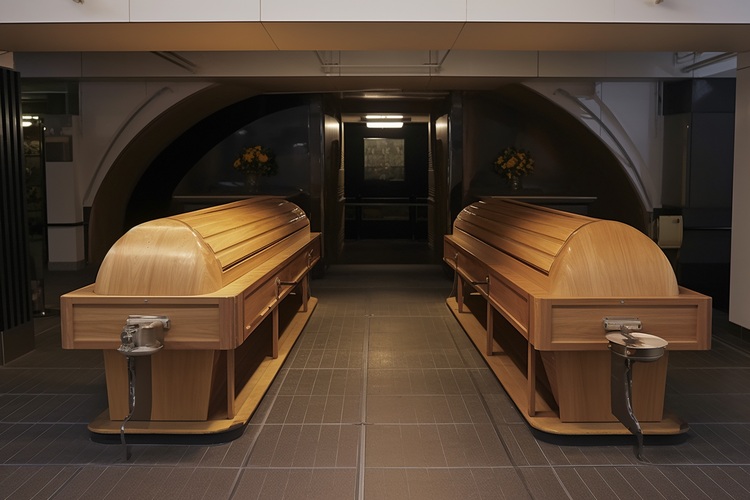Discover the Future of Dental Implants: Screwless Solutions for a New Era
Dental implant technology has evolved significantly, introducing screwless solutions that challenge conventional approaches. These innovative alternatives offer patients new options for tooth replacement, addressing concerns about traditional screw-retained implants. Understanding the differences between screwless and traditional methods, along with their associated costs, helps individuals make informed decisions about their dental health and restoration needs.

The dental implant industry continues to advance, bringing forward alternatives that reshape how tooth replacement procedures are performed. Screwless dental implants represent one such innovation, designed to provide stability and function without the traditional screw mechanism that has dominated implant dentistry for decades.
What Are Screwless Dental Implants and How Do They Differ?
Screwless dental implants utilize alternative attachment methods to secure prosthetic teeth to the jawbone. Unlike traditional implants that rely on titanium screws inserted directly into the bone, screwless systems may employ friction-fit mechanisms, cement retention, or other bonding techniques. Traditional screw-retained implants have long been the standard, featuring a threaded post that integrates with bone tissue through osseointegration. The key distinction lies in how the prosthetic crown connects to the implant fixture. Screwless designs aim to eliminate potential complications associated with screw loosening, fracture, or access hole aesthetics. Both approaches require adequate bone density and healthy gum tissue for successful placement. The choice between screwless and traditional methods often depends on individual anatomical factors, the location of the missing tooth, and specific clinical circumstances.
Advantages and Considerations of Screwless Systems
Screwless dental implants offer several potential benefits that appeal to both patients and dental professionals. The absence of screw access holes can improve the aesthetic appearance of the final restoration, particularly for front teeth where visible openings might compromise cosmetic results. These systems may also reduce the risk of screw-related mechanical failures, such as loosening over time or component fracture under chewing forces. However, considerations exist regarding retrievability—traditional screw-retained implants allow for easier removal and adjustment if complications arise or maintenance becomes necessary. Screwless designs using cement retention may make future modifications more challenging. The learning curve for dental practitioners can also vary, as screwless techniques may require different procedural approaches and specialized training. Patient-specific factors, including bite force patterns and oral hygiene habits, influence the long-term success of either system.
Cost Factors for Screwless Dental Implants
Understanding the financial investment required for screwless dental implants helps patients plan appropriately for their dental care. The cost of screwless implant systems can vary based on several factors, including geographic location, the complexity of the case, the materials used, and the experience level of the dental provider. Generally, screwless dental implants may range from $1,500 to $3,500 per tooth, though this can fluctuate significantly. This estimate typically includes the implant fixture, abutment (if applicable), and the prosthetic crown. Additional procedures such as bone grafting, sinus lifts, or soft tissue augmentation can increase overall expenses. Traditional screw-retained implants often fall within a similar price range, from $1,500 to $3,000 per tooth, making the cost difference between the two approaches relatively modest in many cases. Insurance coverage for dental implants varies widely, with many plans offering limited or no coverage for implant procedures, classifying them as elective or cosmetic treatments.
Prices, rates, or cost estimates mentioned in this article are based on the latest available information but may change over time. Independent research is advised before making financial decisions.
Full Mouth Restoration Cost Considerations
For individuals requiring complete tooth replacement, understanding the financial scope of full-arch restoration is essential. A full set of teeth implants, often referred to as full-mouth reconstruction or full-arch implant restoration, represents a significant investment in oral health and quality of life. The total cost for a complete upper or lower arch typically ranges from $20,000 to $45,000 per arch, depending on the chosen approach. Several restoration options exist, including individual implants for each missing tooth, implant-supported bridges, or the All-on-4 technique that uses four strategically placed implants to support a full arch of prosthetic teeth. The All-on-4 method often costs between $15,000 and $30,000 per arch, making it a more economical option for full-mouth restoration compared to individual implants. Material choices also impact pricing—zirconia prosthetics generally cost more than acrylic alternatives but offer superior durability and aesthetics. Many dental practices offer financing plans or payment arrangements to make these procedures more accessible to patients.
| Restoration Type | Number of Implants | Cost Estimation per Arch |
|---|---|---|
| Individual Implants | 6-8 implants | $25,000 - $45,000 |
| All-on-4 System | 4 implants | $15,000 - $30,000 |
| All-on-6 System | 6 implants | $20,000 - $35,000 |
| Hybrid Denture | 4-6 implants | $18,000 - $32,000 |
Prices, rates, or cost estimates mentioned in this article are based on the latest available information but may change over time. Independent research is advised before making financial decisions.
Candidacy and Treatment Planning
Determining whether screwless or traditional dental implants are appropriate requires comprehensive evaluation by a qualified dental professional. Factors influencing candidacy include overall health status, bone quality and quantity, gum health, and specific anatomical considerations. Patients with certain medical conditions, such as uncontrolled diabetes or active periodontal disease, may need to address these issues before implant placement. Smoking can significantly reduce implant success rates and may require cessation before treatment. The treatment planning process typically involves detailed imaging, including cone beam computed tomography scans, to assess bone structure and plan precise implant positioning. Digital planning tools allow practitioners to virtually place implants and design restorations before any surgical intervention occurs. The timeline for implant treatment varies—traditional protocols may require several months between implant placement and final restoration to allow for proper bone integration, while some cases qualify for immediate loading procedures where temporary teeth are attached shortly after surgery.
Long-Term Maintenance and Success Rates
Both screwless and traditional dental implants require consistent care to ensure longevity and function. Success rates for dental implants generally exceed 95 percent over ten years when properly maintained, though individual outcomes depend on multiple variables. Daily oral hygiene practices, including thorough brushing and flossing around implant restorations, help prevent peri-implantitis, an inflammatory condition affecting tissues surrounding implants. Regular professional cleanings and examinations allow dental providers to monitor implant health and address potential issues early. Patients should avoid habits that place excessive stress on implants, such as chewing ice or using teeth as tools. Night guards may be recommended for individuals who grind their teeth to protect both natural teeth and implant restorations. The prosthetic components of dental implants may require periodic adjustments or replacement over time, even when the implant fixture itself remains stable and integrated. Understanding these maintenance requirements helps patients maintain their investment in dental health.
Screwless dental implants represent an evolving area within restorative dentistry, offering alternatives to traditional screw-retained systems. While both approaches provide effective tooth replacement solutions, individual circumstances, preferences, and clinical factors guide the most appropriate choice. Consulting with experienced dental professionals and thoroughly researching available options enables informed decision-making about dental implant treatment.




